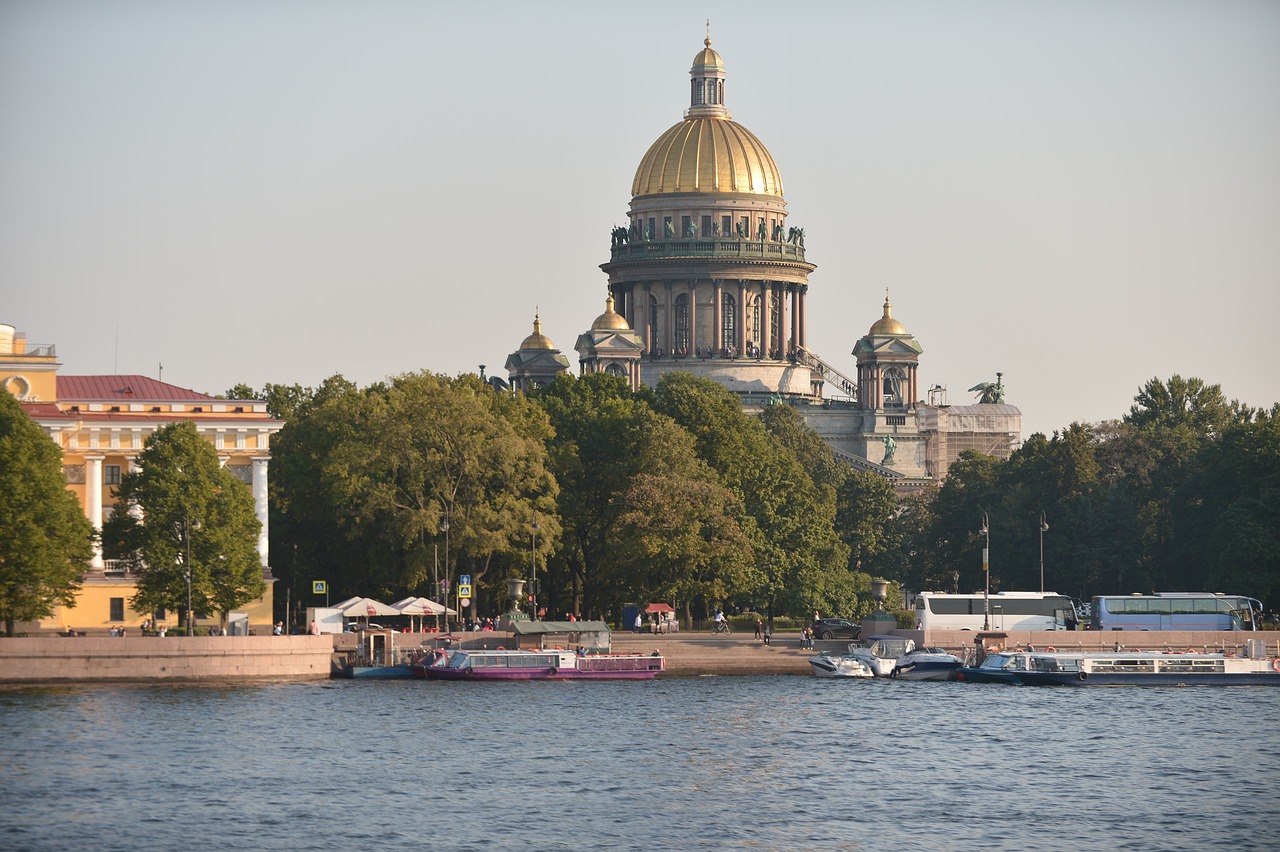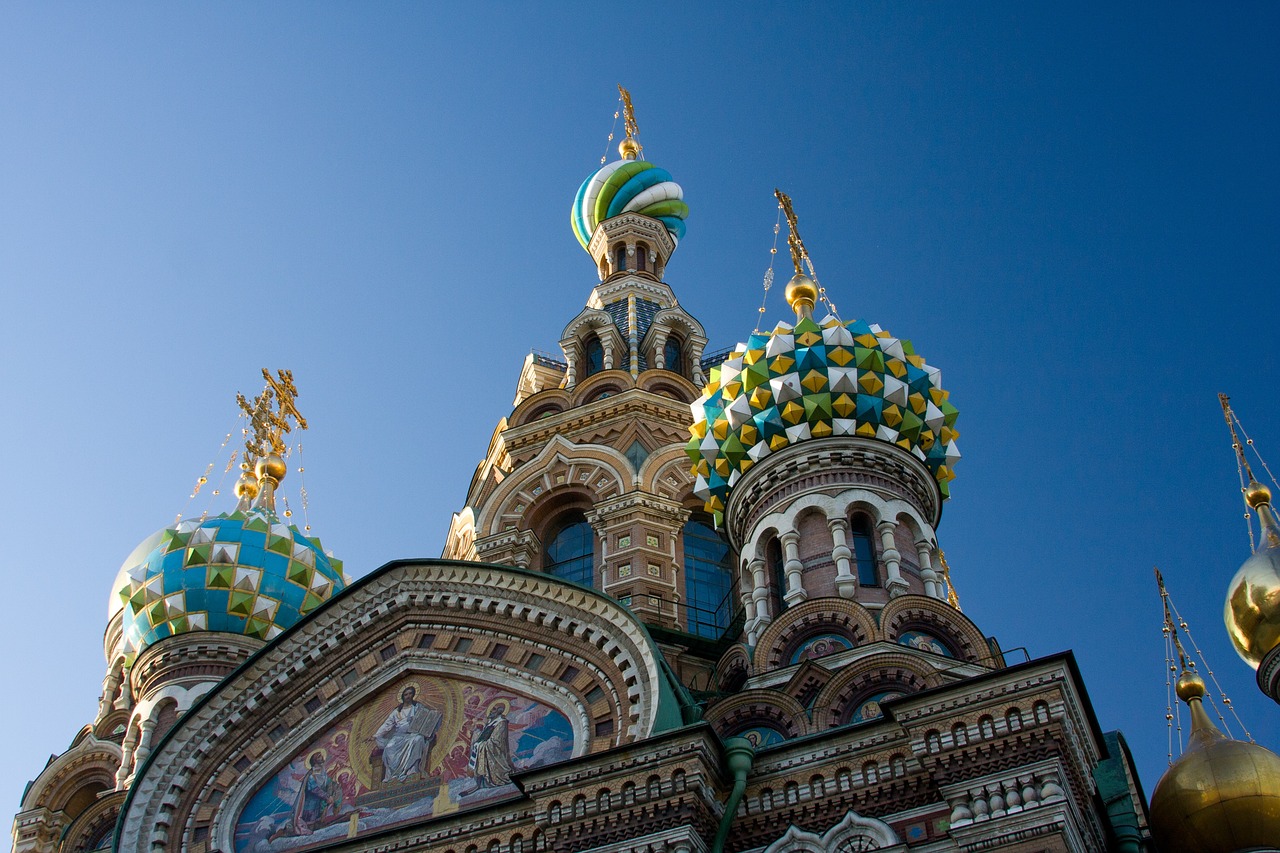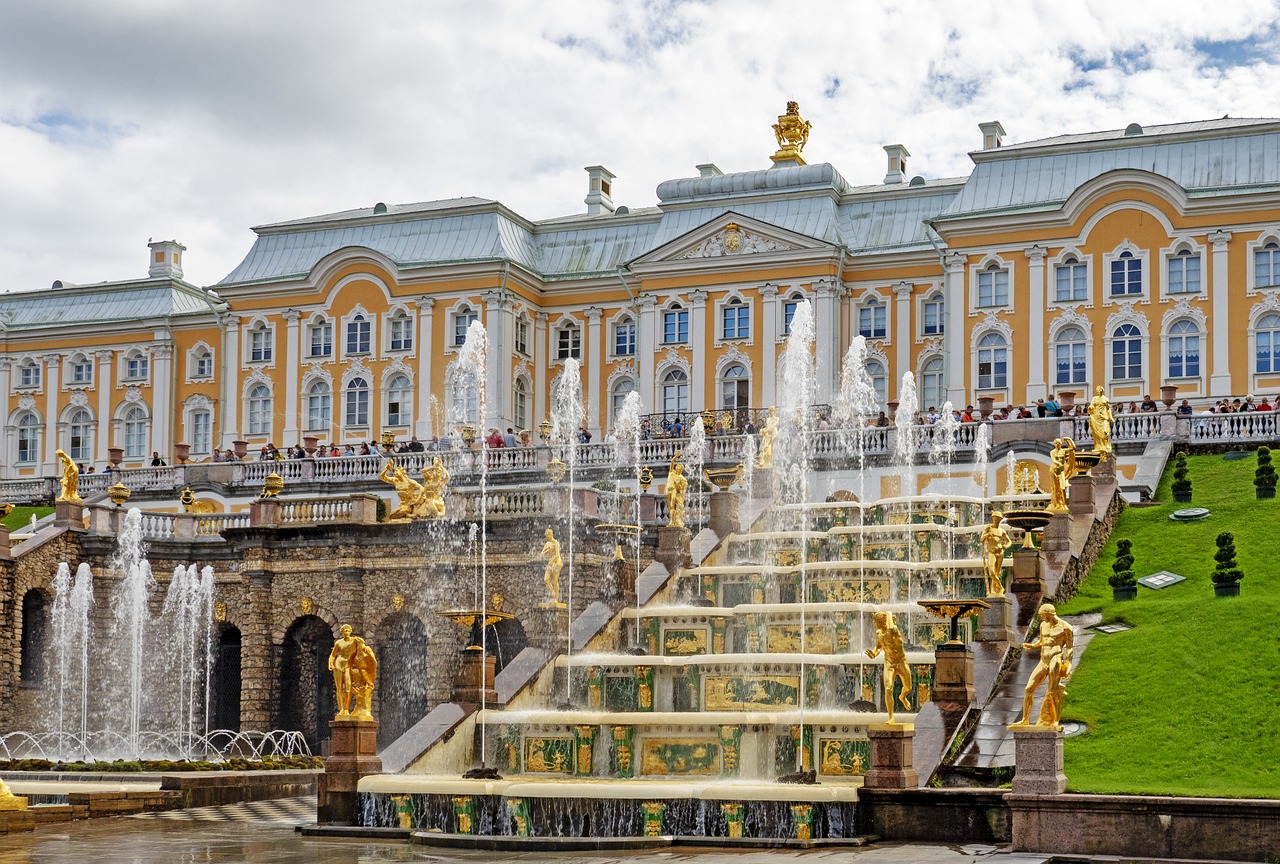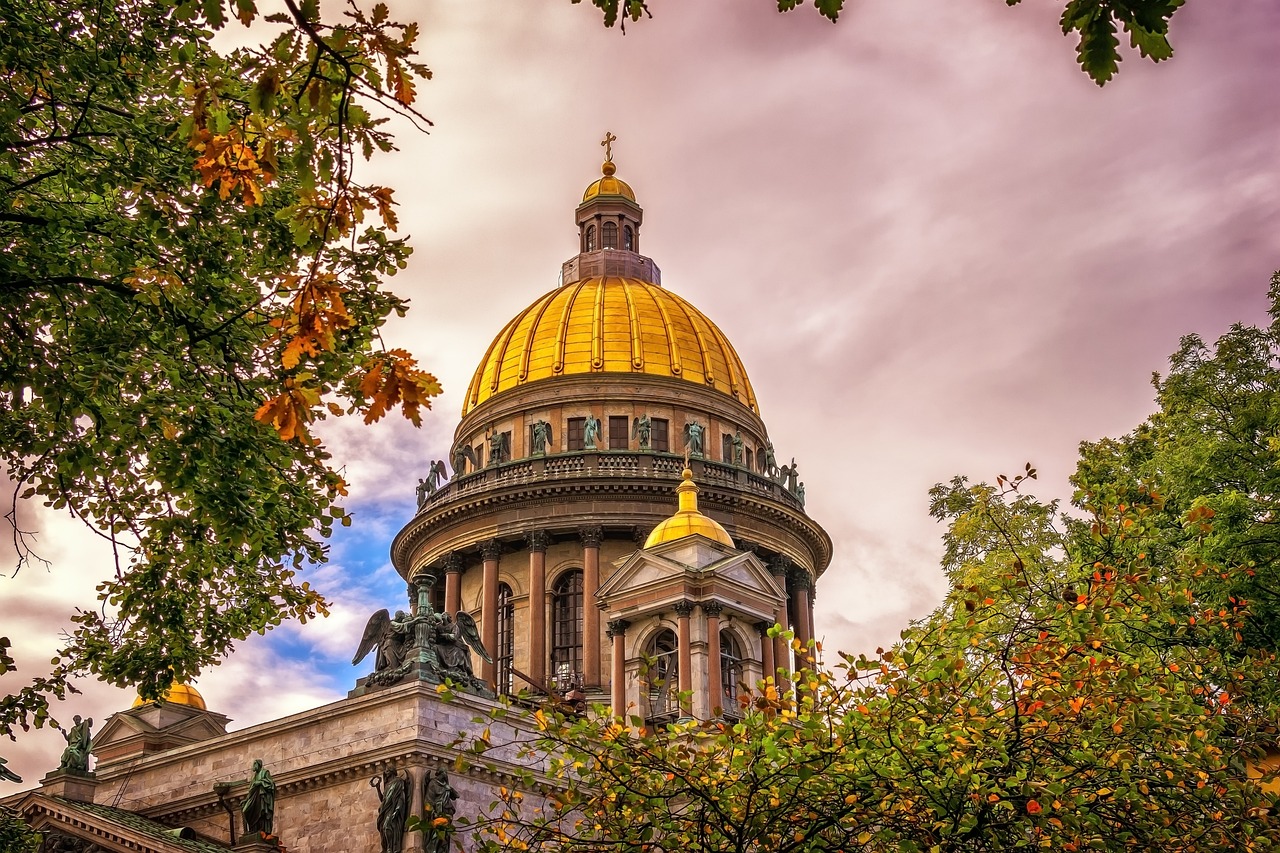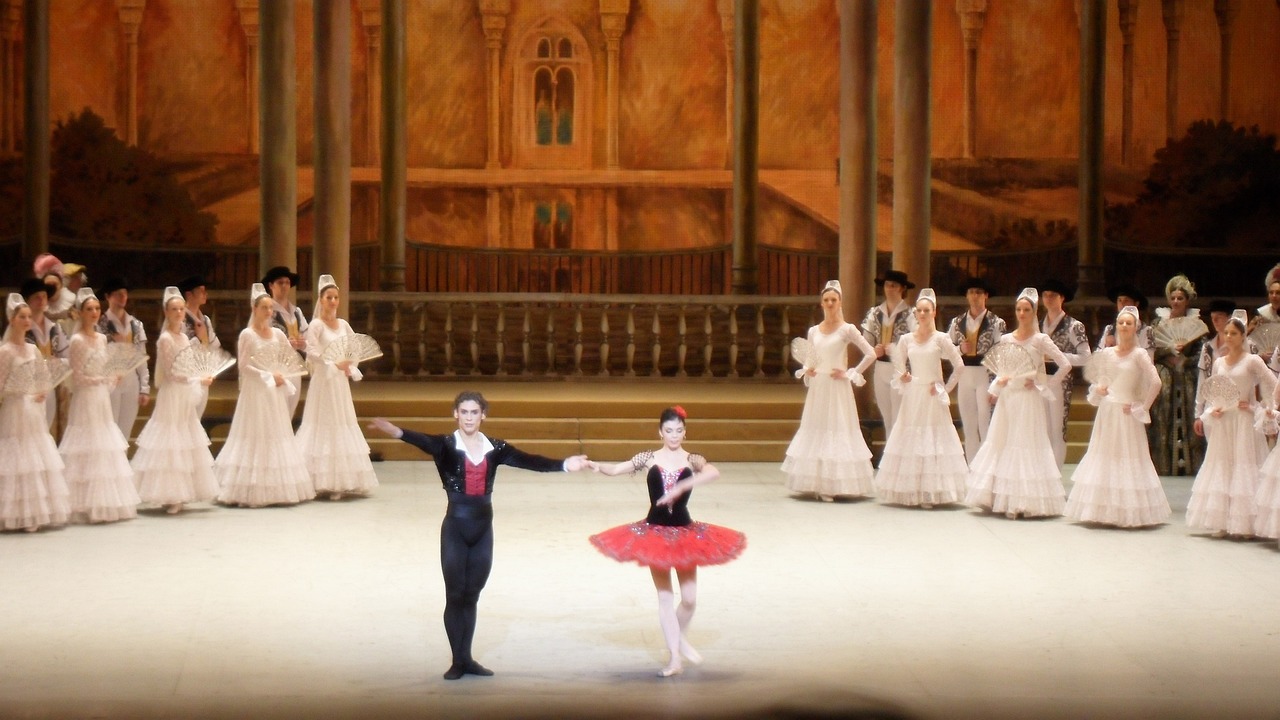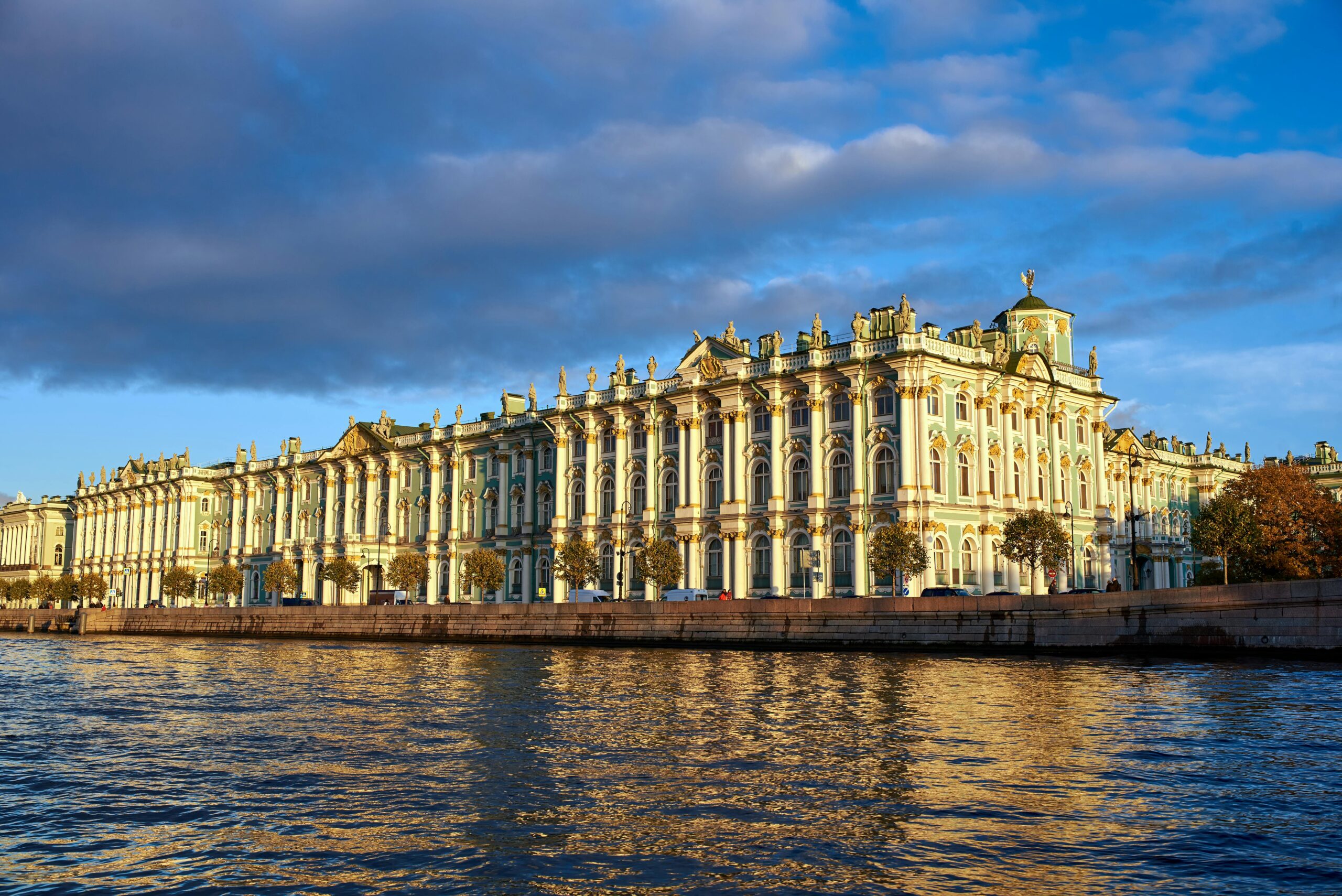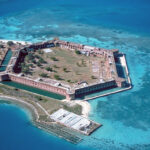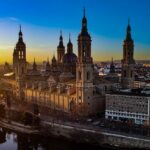Quick Bits:
Saint Petersburg, often called Russia’s cultural capital, is a city of grand architecture, historical significance, and vibrant artistic life. Located on the Baltic Sea, it has become one of the most important destinations for travelers seeking a blend of European elegance and Russian spirit. Founded by Peter the Great in 1703, the city boasts majestic palaces, intricate canals, and a rich history that has shaped both Russia and the world.
Key Highlights
- Founded: 1703 by Peter the Great
- Population: Approximately 5.4 million
- Known For: Historical landmarks, canals, cultural heritage
- Top Attractions: Hermitage Museum, Peterhof Palace, Church of the Savior on Spilled Blood
- Location: Northwestern Russia, along the Neva River and Baltic Sea
- Nicknamed: “Venice of the North” due to its canal system
General Information
Saint Petersburg is the second-largest city in Russia, after Moscow. Often referred to by locals as “Piter,” it is widely admired for its cultural heritage and storied past. The city played a significant role during the Russian Empire and was once the nation’s capital. Today, it stands as a testament to Russia’s enduring influence on art, architecture, and history.
The city is home to some of the world’s most famous museums and theaters, making it a popular destination for culture lovers. Its streets are filled with neoclassical buildings, baroque palaces, and imposing statues that narrate tales of Russia’s imperial past. Despite the grandeur, Saint Petersburg maintains a welcoming atmosphere, drawing millions of tourists annually.
Geography Information
Saint Petersburg is located in Northwestern Russia, on the delta of the Neva River. This river connects the city to the Baltic Sea, making it an important port city. The city spans a total area of around 1,400 square kilometers and includes a number of islands connected by bridges, contributing to its unique cityscape.
Geographically, Saint Petersburg sits in a region of lowlands, which makes the city relatively flat. The water bodies in and around the city have influenced its development, with canals woven through the city’s neighborhoods, offering picturesque views.
The Neva River splits into several distributaries before reaching the Gulf of Finland, making for a complex network of waterways that has earned Saint Petersburg comparisons to Venice. This intricate canal system enhances the city’s charm and makes boat tours a popular way to explore its hidden corners.
Places to Visit
Saint Petersburg’s list of must-see locations is long, but there are some key spots that simply cannot be missed:
1. The Hermitage Museum
One of the world’s largest and oldest museums, the Hermitage is home to over three million pieces of art. Set in the Winter Palace, the museum contains works by masters like Rembrandt, Leonardo da Vinci, and Michelangelo.
2. Peterhof Palace
Often compared to France’s Versailles, Peterhof is a magnificent palace complex with lush gardens, fountains, and breathtaking interiors. It was a summer residence for Russian monarchs and still captures that opulence today.
3. Church of the Savior on Spilled Blood
Known for its colorful onion domes and intricate mosaics, this church was built on the site where Emperor Alexander II was assassinated in 1881. It is one of Saint Petersburg’s most recognizable landmarks.
4. Saint Isaac’s Cathedral
One of the largest domed cathedrals in the world, Saint Isaac’s is a towering masterpiece of architecture. Climb to the top for a panoramic view of the city.
5. The Mariinsky Theatre
A world-famous theater for ballet and opera performances, the Mariinsky Theatre is an integral part of Saint Petersburg’s cultural scene. Seeing a show here is a must for any art enthusiast.
6. Nevsky Prospekt
The city’s main avenue, Nevsky Prospekt, is lined with historical buildings, shops, restaurants, and cafes. It’s the best place to experience the everyday life of Saint Petersburg while soaking in its rich history.
7. Kazan Cathedral
Modeled after Saint Peter’s Basilica in Rome, Kazan Cathedral is an impressive monument to Russian Orthodoxy and an important religious center in the city.
Yearly Climate
Saint Petersburg has a humid continental climate, which means that winters are long and cold, while summers are short but can be surprisingly warm. The city’s weather can be unpredictable, so it is important to be prepared for sudden changes.
- Winter (December to February): Temperatures often drop below freezing, with average lows around -10°C (14°F). Snow is common, and the city transforms into a winter wonderland.
- Spring (March to May): Spring brings milder weather, with temperatures gradually rising to 10°C to 15°C (50°F to 59°F). Snow begins to melt, and the city starts to bloom.
- Summer (June to August): Summer temperatures hover between 18°C and 25°C (64°F and 77°F), with the warmest days reaching 30°C (86°F). This is the best season for outdoor activities, and the famous “White Nights” take place, where daylight lasts nearly 24 hours.
- Autumn (September to November): Autumn sees a gradual cooling with temperatures ranging from 5°C to 10°C (41°F to 50°F). The city’s parks and gardens turn vibrant shades of orange and red, making it a beautiful time to visit.
Best Time of Year to Visit
The most popular time to visit Saint Petersburg is during the summer, particularly in June, when the “White Nights” occur. This period sees nearly continuous daylight, offering tourists extended hours to explore the city’s sights. The White Nights Festival also takes place during this time, featuring concerts, ballet, and opera performances.
While summer is a great time for most tourists, those who enjoy winter activities might prefer visiting between December and February. The city is less crowded, and its landmarks are covered in snow, creating a magical atmosphere. Winter is also a good time for those interested in Russian holidays, such as New Year’s and Orthodox Christmas.
If you prefer fewer tourists, consider visiting in late spring or early autumn when the weather is pleasant but the crowds are thinner.
In Summary…
Saint Petersburg offers an unforgettable journey through time, art, and culture. With its grand architecture, museums, and theaters, the city holds a special place in the hearts of those who visit. Whether strolling along the canals, admiring baroque palaces, or attending world-class performances, there is no shortage of things to see and do. From the Hermitage to the Peterhof Palace, every corner of the city reveals something extraordinary. And with its fascinating history and striking natural beauty, Saint Petersburg is a place that leaves a lasting impression on everyone who visits.

